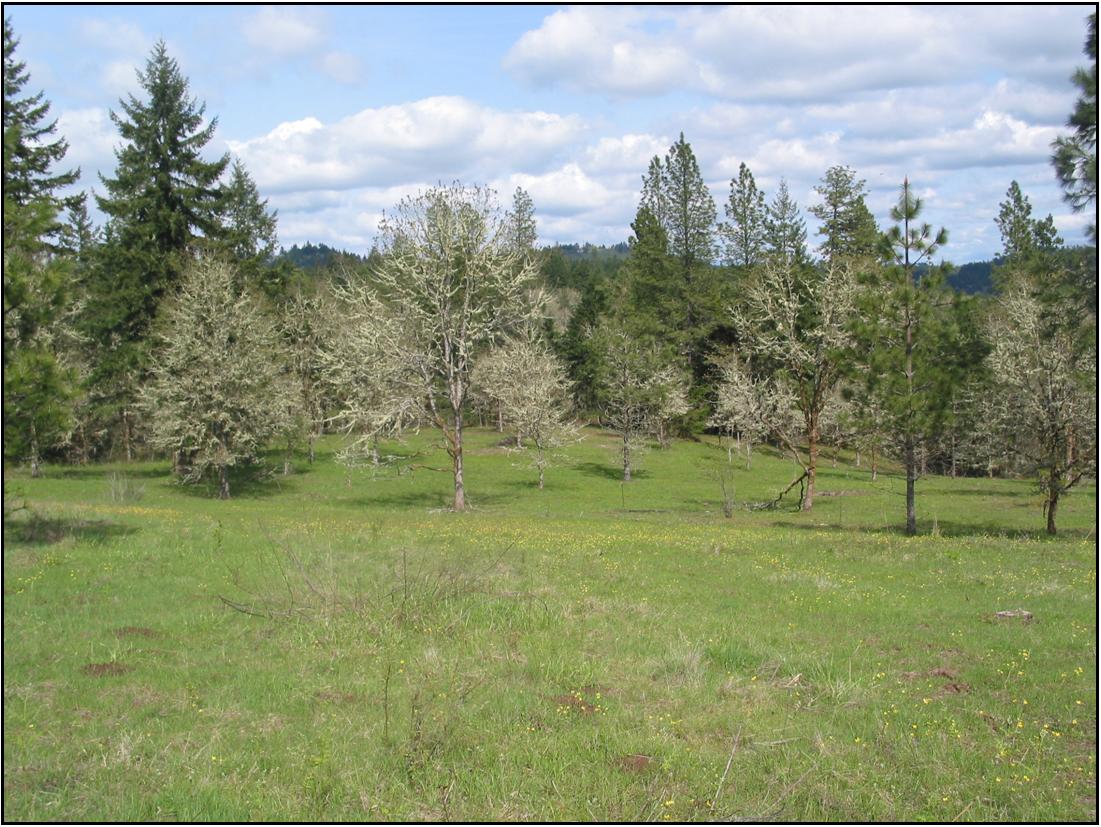Thinned oak woodland and savanna to improve wildlife habitat on about 84 acres and implemented rotational grazing system to benefit pasture, native prairie vegetation, and wildlife. This is some of the highest quality remaining oak savanna and prairie habitat in the Willamette Valley were enhanced on a working ranch in the Coyote Creek basin. Landowners Val & Ken Kime partnered with LTWC to do this restoration project to benefit wildlife habitat and improve their ranch. The restoration project was the subject of LTWC’s May project tour, where Coyote Creek neighbors, volunteers, and other Council members learned more about why oak and prairie habitat is important to wildlife and how the Kimes are using rotational grazing to maintain both pasture and quality habitat.
with LTWC to do this restoration project to benefit wildlife habitat and improve their ranch. The restoration project was the subject of LTWC’s May project tour, where Coyote Creek neighbors, volunteers, and other Council members learned more about why oak and prairie habitat is important to wildlife and how the Kimes are using rotational grazing to maintain both pasture and quality habitat.
Oaks are impacted by faster growing trees such as Douglas fir and ash that encroach on larger oaks. LTWC removed encroaching fir and other trees to allow the mature oaks to produce more nesting cavities as well as acorns and leaves for wildlife to eat. An open canopy allows more sunlight, benefiting native prairie grasses and wildflowers. Many of these plants are rare and cannot survive the shade of a dense canopy.
The Kimes are also practicing rotational grazing, which not only improves pasture quality, but also reduce regrowth from fir, ash, and woody plants in the prairie.
See the full project profile to read more.

Date Implementation Complete: June 2011
Funding & Partners: Oregon Watershed Enhancement Board, Val & Ken Kime (landowners)
Cost: $135,544

